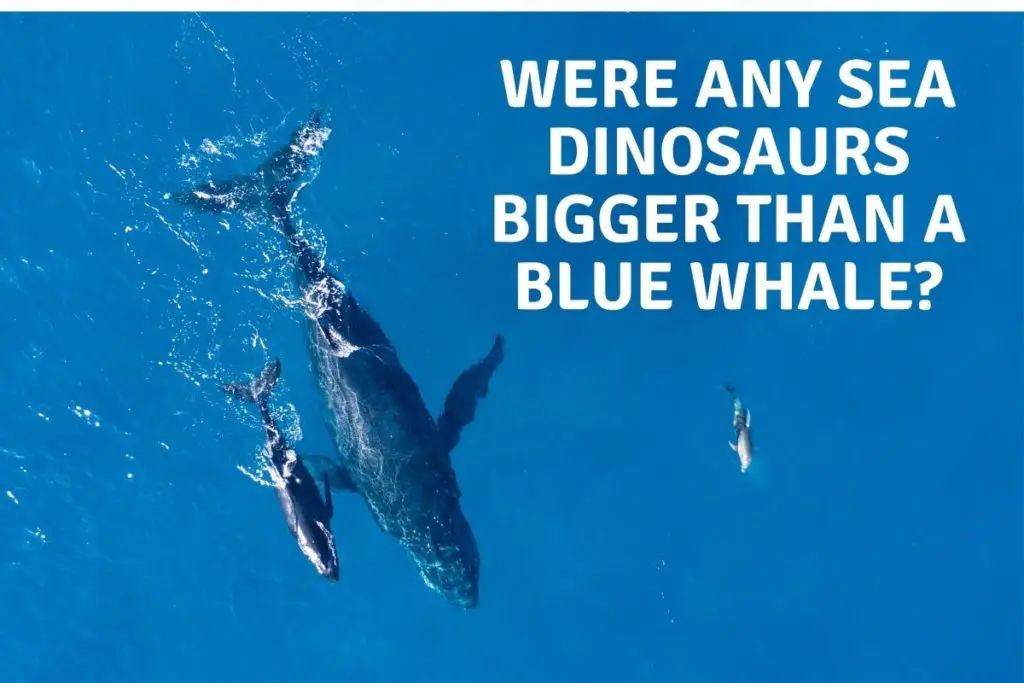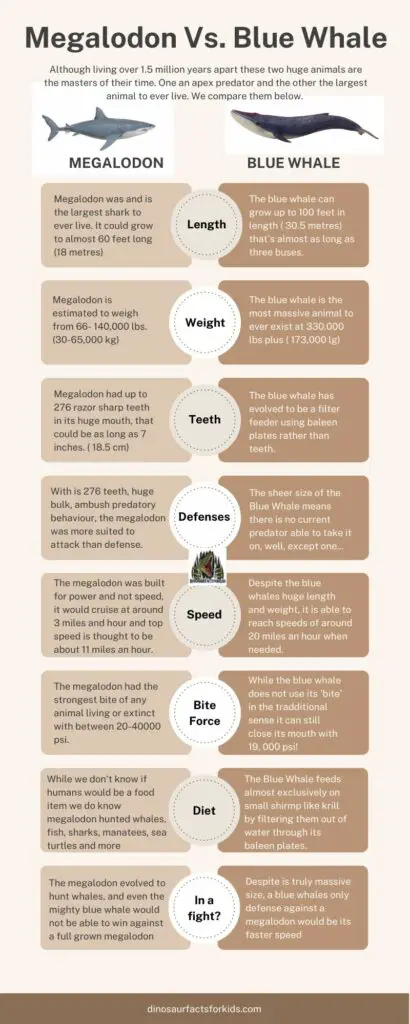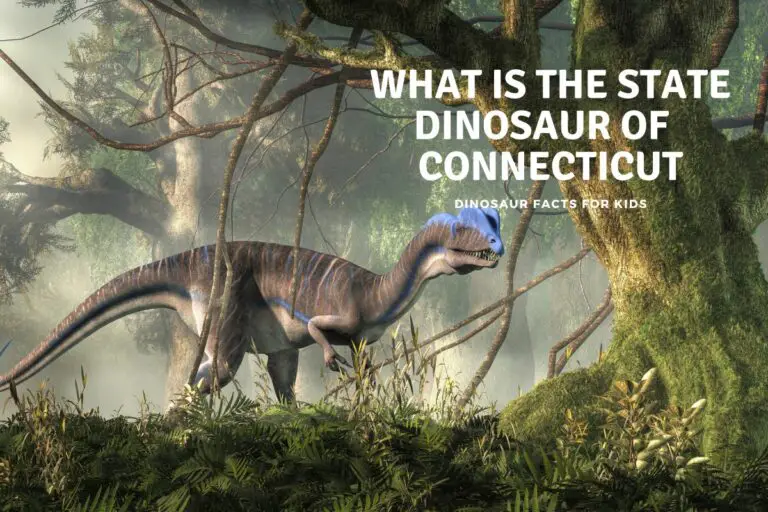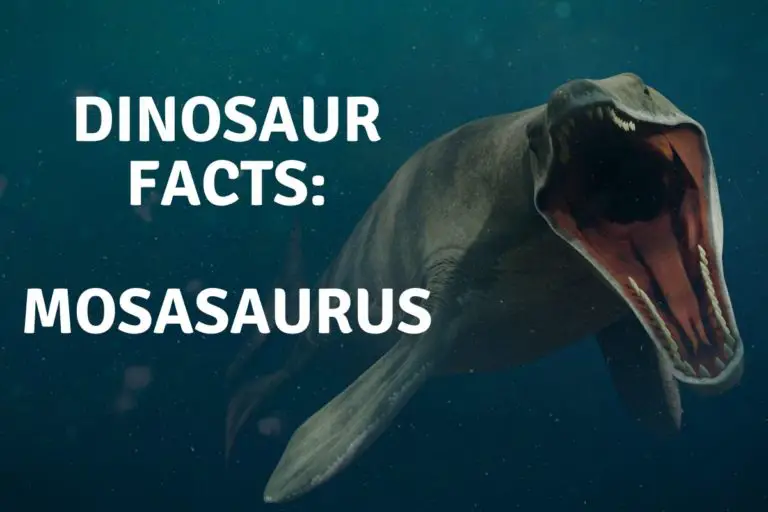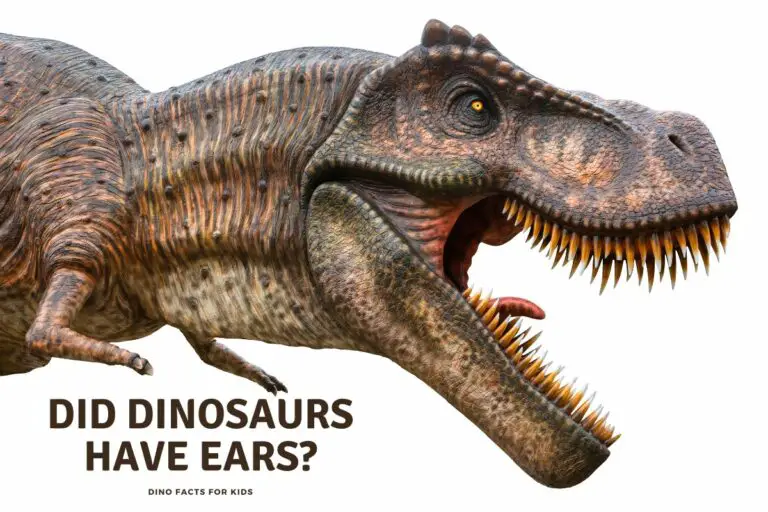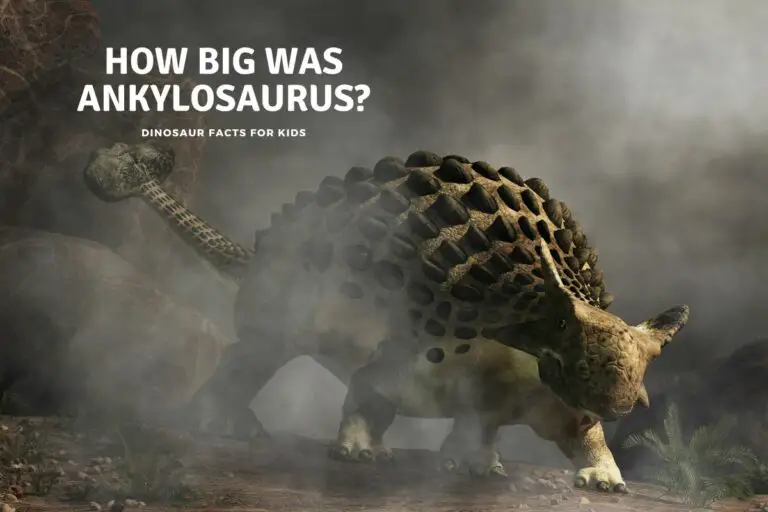Megalodon Vs. Blue Whale
The Blue Whale and Megalodon lived millions of years apart and although both massive predators they had very different behaviours, sizes and diets. We will take a look at the megalodon in a side by side comparison below, and take a look at the question at what would happen if they ever did meet face to face.
We have included the most important Megalodon Vs. Blue whale details and differences in the table below and then follow up with both an infographic and further details if you need.
Megalodon Vs Blue Whale
We take a look at the differences between the blue whale and the megalodon in the sections below. Taking a look at the size, weight, diet, behavior and more to give a full and comprehension comparison between the Megalodon and the Blue whale and even what would happen if these two massive marine animals ever met. .
Table 1: Megalodon Vs. Blue Whale Characteristics
| Characteristics | Megalodon | Blue Whale |
| Maximum Length | 58.7 Feet (possibly 82 Feet) | 98 feet confirmed 29.8 metres |
| Weight | 66,000 Lbs – 143,000 Lbs 30,000 kg – 65,000 kg | 331,800 lbs 173,000 kg |
| Cruising Speed | 3.1 miles an hour 5 Kilometres per hour | 5 miles an hour 8.05 kilometres per hour. |
| Maximum Speed | 11.2 miles an hour 18 Kilometres per Hour | 20 miles an hour 32.5 kilometres per hour. |
| Number of Teeth | Up to 276 Teeth | No teeth, Baleen plates. |
| Largest Size of teeth | 6.9 to 7.3 Inches 17 cm to 18.5 cm | No teeth |
| Period Alive | 20 million to 2.6 million years ago | 1.5 million years ago to present day. |
| Senses | Low frequency “hearing”, Excellent smell, Electrical Signal Sensors, Sight, Touch and taste. | Hearing, Sight and touch, limited smell and taste. |
| Defenses | Razer sharp teeth, size, senses | Size, Tail thrashing, working together. |
| Diet | Fish, Whales, dolphins, dugongs, marine reptiles other sharks | Mostly Krill (very small shrimp) |
| Bite force | 108,514 and 182,201N. | No bite |
Blue Whale Vs. Megalodon: Size
Length
There is a clear winner in terms of length between the Blue whale and the Megalodon, the blue whale is the largest creature to ever live on earth and the largest shark just can’t compete. As we highlighted in the table above the Blue whale has reached a confirmed size of just shy of 100 feet long. There are even unconfirmed reports of Blue whales exceeding 100 feet, and up to 111 feet long.
Megalodon as huge as it was, is thought to have had a maximum length of around 60 feet long, although there are estimates all the way up to and over 80 feet but these are generally not accepted. it may have been the biggest and longest Shark but it was still half the length of a Blue whale!
Verdict: The Blue Whale wins by being almost double the length of even the mighty megalodon
Weight
Despite plenty of similarities between these two marine animals they were more different than the same. As we highlighted above the blue whale was almost double the size of the largest megalodon. However did this also apply to weight with the heavily muscled megalodon being one of the most powerful sharks.
Well despite the old saying muscle weighs more than fat, even the muscles of the megalodon did not make up for the sheer mass of the blue whale. The blue whale can top the scales at over 173000 Kilogrammes (330,000 Lbs) with the megalodon coming in between 30 -65,000 Kg (66000 – 145,000 lbs) Still an incredible size for a shark of course, but less than half and almost less than a third the size of a Large Blue whale.
Verdict: Blue Whale wins again, its sheer massive size is the heaviest of any animal ever recorded on Earth. (land or ocean) and despite some large long necked dinosaurs like Amphicoelias being suggested to be competitor for the title of heaviest ever animal this has yet to be proved.

Blue Whale Vs. Megalodon: Speed
When looking at an animal the size of a blue whale you would be forgiven to imagine it is a slow methodical or even ponderous animal that drifts slowly through the ocean. For the most part this would be correct. the cruising speed of about 5 miles an hour (8 kph) is certainty not the fastest of marine animals.
However, when it needs to, that big tail and powerful muscles connecting to it can increase that cruising speed from 5 miles an hour to around 20 mph (32.5 kph). While not beating any ocean speed records ( currently held by the sailfish at 68 miles an hour!) it is plenty fast enough for an animal almost 3 times the size of an average bus! However, the blue whale can only maintain these speeds for short bursts.
The megalodon, even at an ambush speed, can not compete with a blue whales top speed. It was thought that when cruising along looking for something to sink those 276 teeth into it would travel at about 3.1 miles an hour ( 5 Kph) and when rushing into attack up to 11 miles an hour (18 Kph) Not fast enough to tackle a blue whale, that is if the blue whale knows it’s coming!
megalodon was not even the fastest known shark, that record applies to the Shortfin Mako shark which is widely recognised as reaching 31 miles an hour (50 kph) with suggestions this may even rise to 60 mph – 96 kph.
Verdict: Another win for the blue whale in what seems to be a one sided comparison, the blue whales top speed of 20 miles an hour is almost double the suggested top speed of megalodon of 11 miles an hour
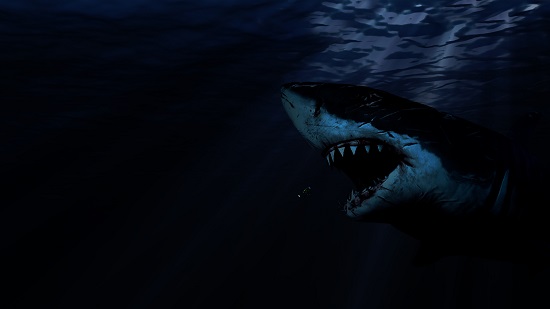
Blue Whale Vs. Megalodon: Diet
Although Megalodon was able to eat large fish, it was also known to prey on whales, seals, dugongs, manatees fish, and in fact anything else of a large enough size that found it’s in the ocean and within reach of its mouth.
The megalodon’s diet, however, primarily, consisted of sperm whales, baleen whales, and other large marine animals. It was an ambush hunter, coming from deep to hit and bite its prey from below much like the hunting behavior of its smaller cousin the great white shark.
Megalodon had strong teeth, which could easily puncture the flesh of its prey, especially when combined with the strongest bite force of any known animal land or sea. (we take a look at in a table below in the teeth section)
The blue whale, as with most other baleen whales, or filter feeders, eats almost exclusively krill which are small shrimp like animals. it does this not with teeth but by opening its mouth and pushing water out through baleen plates, leaving behind thousands of plankton like krill in its mouth to eat.
Verdict: While both are incredibly well adapted and evolved to feed on their prey, the megalodons varied diet and predatory behavior make it a winner in our eyes.

Blue Whale Vs. Megalodon: Teeth
The megalodon is a clear winner in the teeth category, it had a smaller, though still massive, mouth than the blue whale, but the striking difference is the 276 serrated razor sharp teeth that filled that mouth.
Those teeth could grow to over 7 inches ( 17.8 cms) long and each was covered in tiny serrations to help it cut through flesh and bone. The bite force it could put into this formidable weapon is the strongest of any animal that has ever existed and surpasses even the mightiest of land predators the Tyrannosaurus Rex (see table below) by more than double on the higher estimates.
The blue whale has no teeth, it has evolved baleen plates which are porous ( let water through) plates and are used like a giant sieve to filter krill and other small animals from the ocean. There are toothed whales, like Sperm Whales and Orcas but they can’t competed with the number or size of a megalodons teeth. With a mouth that can hold up to 100 tons of water and push it through those plates we should be thankful it doesn’t have teeth!
Table 2: Bite force Comparisons – Megalodon and other Apex Predators
| Animal – Apex Predators | Bite Force in Pounds per Square Inch |
| Crocodile (Saltwater or Nile) | 3700 Psi |
| Lion | 650 Pis |
| Large Great White Shark | 4000 Psi |
| Humans | 120-160 psi |
| Tyrannosaurus Rex | 8 -12,000 Psi |
| Megalodon | 20-40,000 Psi |
Verdict: While the blue whale has the bigger and more flexible mouth,with a bite force estimated to be around 19,000 psi albeit without teeth, it does not use its power to attack in the way a megalodon would.
We also have the bite force of a T Rex when compared to other animals and dinosaurs here in its own article as well.
Blue Whale Vs. Megalodon: Defenses
the Blue whale has no natural predators, with the expectation of humans who have decimated the population over the last 200 years. its defense is size, sheer size. At 100 feet long and over 300,000 lbs there is not any other animal living today that would consider it prey.
If they did they would unlikely to be dealing with a single blue whale as they live in family groupings called pods, and would assist each other if attacked. Their large and powerful tails slapping to both act as a warning and a weapon for any predator foolish enough to take a chance on a meal.
The blue whale, for its size and bulk, is also surprisingly quick over short distances – upwards of 20 miles an hour, and if really needed it can use speed to escape from any predators should they exist.
The megalodon similarly had no known predators, at least when fully grown, and while capable of defending itself with those 276, up to 7 inch long teeth was firmly in the camp of attack is the best form of defense.
Although not the fastest animal in the ocean, its only real threat came from bigger megalodons and when younger other large sharks and smaller megalodons could use speed and manoeuvrability to help them escape the attacks of their larger family members.
You can check out if any sea dinosaurs were larger than a blue whale in the article below, the link is on the picture.
Who Would win: Megalodon Vs. The Blue Whale
A whale eating mega shark and the largest whale, and animal, that ever lived is a match up that could never happen. They are separated by at least a million years.
However, in our opinion even with the massive size, faster speed, and larger mouth of the blue whale would not save it from the teeth and power of a full sized megalodon should it build up the courage to attack.
the only saving grace would be its size to dissuade the megalodon, and if very lucky and sees it coming its top speed could be used to get out of that area as fast as its massive tail will take it
We have some other “Who Would Win” articles on the site which you can check out in the list below.
We have an infographic below with the main points of this Megalodon Vs. Blue Whale article below. If you share please link back to us 🙂
Frequently Asked Questions
What Whales did Megalodon eat
Megalodon actively hunted and ate cetaceans (whales) of all types. It was an apex marine predator and its diet would have included both toothed whales like early sperm whales, killer whales, porpoises and dolphins, and baleen (filter feeding) whales like ancestors of the humpback and blue whales.
What Else did Megalodon eat aside from Whales.
Although its primary diet is thought to be small to medium sized whales ther eis evidence that other marine mammals like seals, manatees and dugongs would be hunted when the opportunity arose as well. Larger fish would have also been on the menu
Did Megalodon eat Blue Whales
Blue whales first appeared on Earth between 1.5 and 1.25 million years ago. The earliest fossil currently discovered has been dated to this period (Pleistocene) and was found in Italy.
Megalodon, despite recent movies suggesting otherwise!, is thought to have become extinct around 2.6 million years ago when the Earth was cooling. This puts them around a million years apart in terms of evolution. So megalodon would not have had the opportunity to hunt Modern blue whales, however their ancestors like Eobalaenoptera would have certainly been prey for megalodon.
Did Megalodon live with blue whales
As we mention above Modern blue whales evolved around a million years, on current understanding, after megalodon had one extinct. So while the ancestors of blue whales lived with megalodon the Blue Whale did not.
Did Megalodon Have Predators
Fully grown megalodons were at the top of the food chain, Apex Predators of their time. The only threat would be from other megalodons. However, young megalodon, before reaching full size would have been under threat from other shark species. these include Great hammerhead sharks, and even early Great white sharks who are now thought to have evolved towards the end of the megalodons time and possibly even contributed to its extinction.
Megalodon Vs. Sperm Whale
So while baleen whales ( toothless and filter feeding) were on the dinner menu for the megalodon would whales that evolved with teeth stand a better chance against the massive shark.
Unfortunately, for the sperm whales, they would not fare much better against the megalodon. In fact recent studies from 2022 have discovered fossilized sperm whale remains that suggest the large head and noses of sperm whales were actively targeted by megalodon as they contained lots of muscle and fat reserves.
Would Megalodon eat Humans?
Megalodons usual prety was larger whales, sharks and fish, humans may, or importantly may not be considered food if we were ever to encounter one in the ocean. However, there are some points to note on this.
While larger prey were the megalodons preference, with it thought to possibly consume up to 2500 lbs of food a day, it would have been unlikely to pass up any chance of a meal given a chance. (2500 lbs would be about 15 fully grown people a day!)
So while if you were next to whales or a pod of dolphins it may ignore you, if you were on your own or even with a group of friends, you might be considered a quick snack by a hungry megalodon and of course they have been up to 50 feet long when fully grown, but while growing they would have needed to eat smaller prey than whales! maybe people sized prey!
How Fast Could Megalodon Swim?
Megalodons top estimated speed is around 11 miles an hour, with a cruising speed of about 3.1 miles an hour (5kph) It is thought that megalodon was not a pursue hunter. Rather it would ambush its prey, deliver a huge deadly wound and wait till the animal was incapacitated or weakened through loss of blood.
There is evidence of megalodon bites on flippers and tails of baleen whales to suggest this. it was considerably slower than the fastest known shark, the shortfin Mako at 31 miles an hour (50 kph)
We have a selection of articles on Megalodon and other of the large Marine reptiles here on the site you can check them out in the list below.
- What was the bite force of a Megalodon
- Best Megalodon Movies
- Are Megalodon alive today?
- Where to find Megalodon teeth
- Megalodon Vs. Blue Whale
- How Big was Kronosaurus
- How Big was Mosasaurus
Conclusion
In a head to head comparison the Blue whale clearly outsizes a Megalodon in almost every aspect aside from number and size of teeth. the blue whale is considered, currently, to be the largest ever animal on the planet both land and sea, and the megalodon, massive as it may have been, is not even in the top ten!
However, in a head to head meeting between a blue whale and a fully grown megalodon this all changes. The megalodon was a shark evolved to hunt and eat whales, and despite its size the blue whale does not have the defenses to stop, or probably even dissuade a megalodon from attacking it.
it may take a little longer than the normal mid sized whales megalodon eats but even the huge blue whale would lose and succumb to those rows of 7 inch razor sharp teeth eventually.
References
- https://www.nhm.ac.uk/discover/megalodon–the-truth-about-the-largest-shark-that-ever-lived.
- https://mashable.com/article/megalodon-extinction-great-white-sharks
- https://www.dailymail.co.uk/sciencetech/article-10961853/Megalodon-feasted-noses-sperm-whales.html
- https://www.livescience.com/3d-megalodon-model
- https://www.newsweek.com/science-meg-could-megalodon-really-swim-90-mph-and-break-through-glass-walls-1072452
- https://www.nationalgeographic.com/science/article/prehistoric-great-white-shark-had-strongest-bite-in-history
Hi, I am Roy Ford a General Studies and English Teacher who has taught all over the world. What started as a fossil collection became a great way to teach, motivate and inspire students of all ages and all over the world about dinosaurs and from that and children’s love of dinosaurs came the site dinosaur facts for kids, a resource for all ages.

